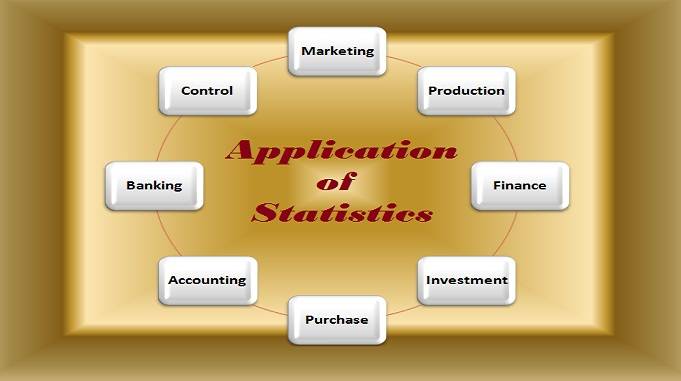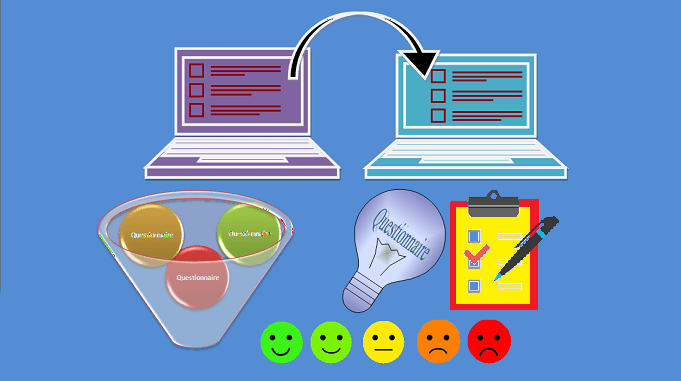
Importance and Application of Statistics in Business and Management:
Almost exclusively since the 20th century, statistical techniques have been used to solve business or commercial problems. Statistics are used in almost every aspect of business and industry, including manufacturing, financial analysis, distribution analysis, market research, personnel planning, research and development, and accounting, to name a few.
The problems of business enterprises are becoming more complex as their size and competition grow. Before the Industrial Revolution, when production was still in a handicraft state, individual businesses were small and production was done on a very small scale, fulfilling local demands. Management of such a business enterprise was very different from the management of large-scale businesses today. Compared to now, the executives needed far less information.
The executive can improve his factual basis for making decisions that will have a positive impact on future operations by using statistical reports to get a quick overview of current operations. The following are some areas in business and management where statistics is used:
1. Marketing:
In the field of marketing, statistical analysis is widely used to provide information for making decisions. It is required to first find what can be sold and then develop an appropriate plan to ensure that the items reach the ultimate consumer. Any attempt to establish a new market should be based on a skillful analysis of data on production, purchasing power, manpower, consumer habits, and transportation costs.
2. Production:
In the field of production, statistical data and methods play a very important role. The decision about what to produce? How to produce? When to produce? For whom produce is based largely on statistical analysis.
3. Finance:
Financial organizations rely heavily on statistical analysis of peat and tigers to effectively discharge their financial functions.
4. Investment:
Statistics definitely helps investors to make clear and worthwhile selections in selecting securities that are safe and have the best potential to produce good income.
5. Purchase or Procurement:
In performing its functions, the purchase (procurement) department uses statistical data to formulate appropriate purchase policies, such as what to buy? What quantity to buy? What time to buy? Where to buy? Whom to buy?
6. Accounting:
Statistical data are also used in accounting, especially in the auditing function, where sampling and destination techniques are mostly used.
7. Banking:
Banking institutes have found it increasingly to establish research departments within their organizations for the purpose of gathering and analyzing information not only regarding their own business but also regarding the general economic situation and every segment of business in which they may have an interest.
8. Control:
In preparing the whole budget for the following year, which includes materials, labor, sales, and other costs, as well as net profits and capital requirements, the management control process combines statistical and accounting methods.
9. Credit:
To determine how much credit to extend to various customers, the credit department uses statistical analysis. Future credit policies are formed while keeping in mind the attributes of both those who have paid and those who have defaulted.
10. Personnel:
Personnel policies are created by the personnel department based on facts. It makes statistical analyses of wage rates, labour turnover rates, employee grievances, incentive plans, employment trends, the cost of living, accident rates, performance appraisal, training programmes, etc. These analyses help the personnel department’s manpower planning efforts.
11. Research and Development:
Many large companies have research and development (R & D) departments. The main goals of R & D departments are to find how to improve existing products, what new product lines can be added, and how to make the best use of available resources. It is nearly impossible to carry out a fruitful R & D programme in the absence of factual data.
(Source – Various books from the college library)
Copyrighted Material © 2019 - 2024 Prinsli.com - All rights reserved
All content on this website is copyrighted. It is prohibited to copy, publish or distribute the content and images of this website through any website, book, newspaper, software, videos, YouTube Channel or any other medium without written permission. You are not authorized to alter, obscure or remove any proprietary information, copyright or logo from this Website in any way. If any of these rules are violated, it will be strongly protested and legal action will be taken.




Be the first to comment